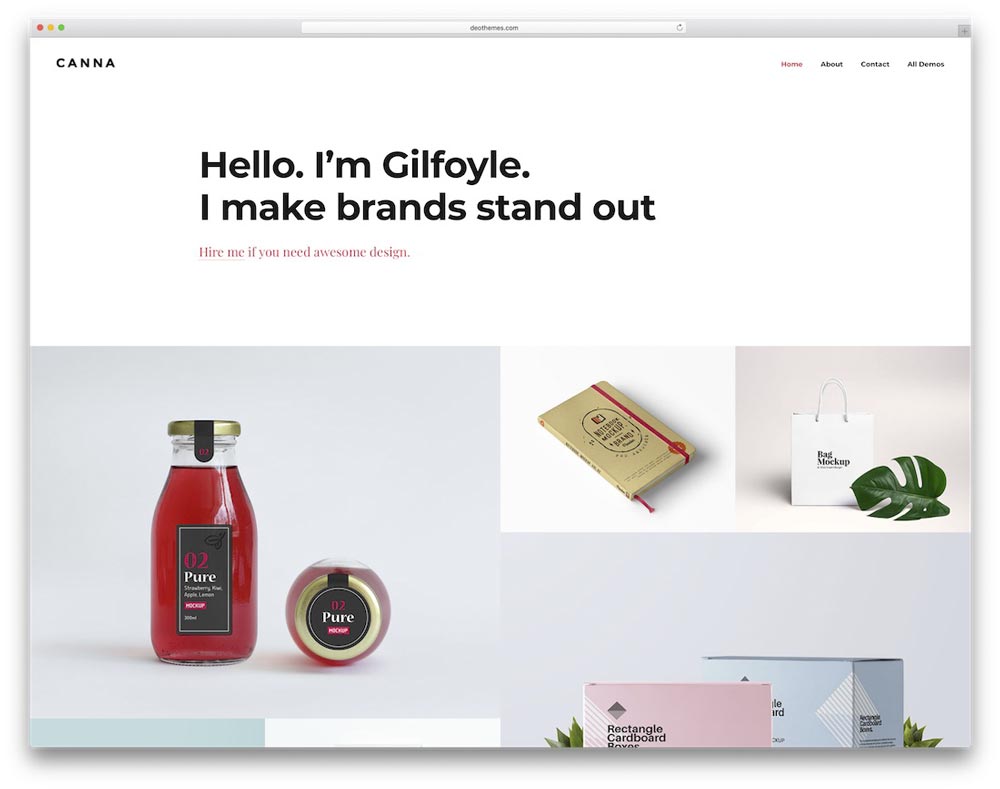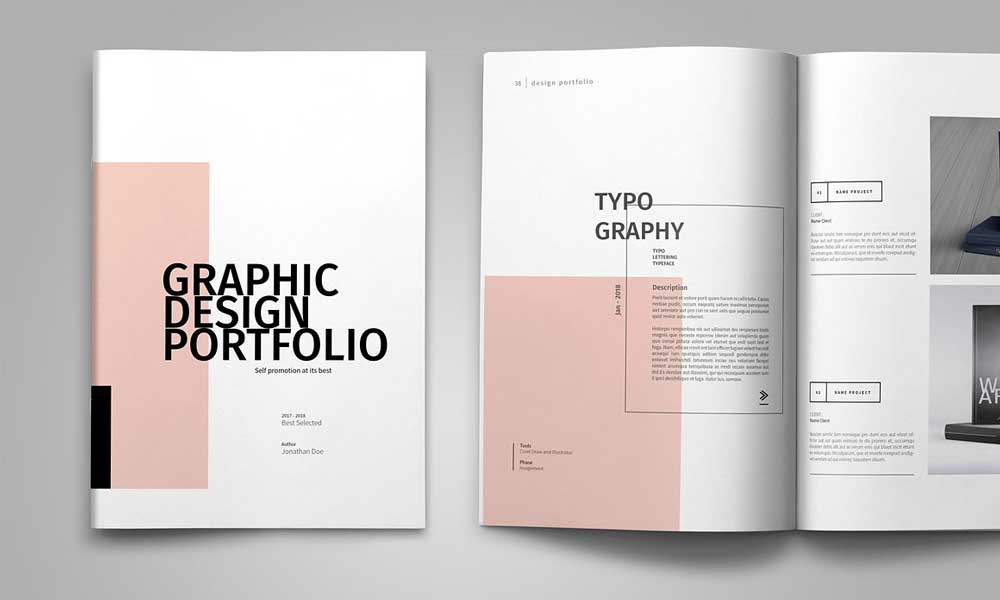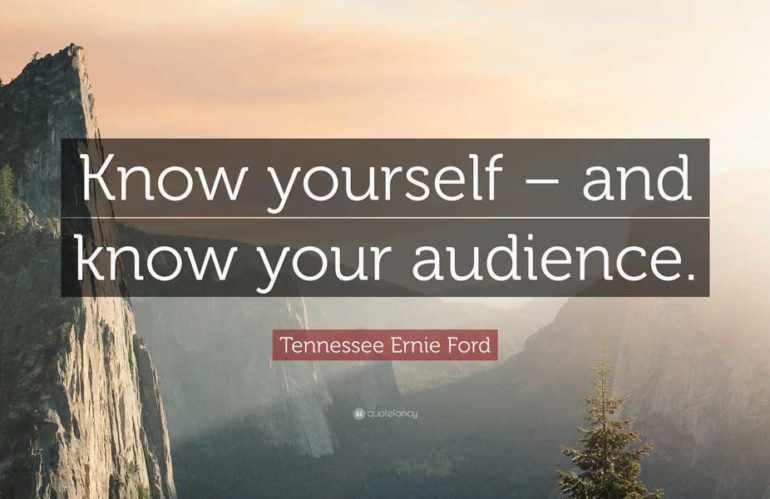How to Build a Freelance Portfolio
Freelancing is becoming increasingly popular, with more and more people attracted to flexibility and entrepreneurship.
In 2020, there were 59 million people doing freelance work in the U.S., and globally, the number is expected to further grow in the coming years as people continue to rediscover productivity and work-life balance.
It is also anticipated that more freelance jobs will be available as companies integrate flexible work settings.
But the competition in the job market for the gig economy will grow tighter with the abundance of candidates seeking to fill the jobs.
As a freelancer, your professional and technical skills are your main asset. But in a saturated job market, there is a challenge to stand out among other talents.
Your freelance portfolio is often the difference between getting hired or not.
Here is how to build a freelance portfolio to stand out and boost your independent career.
1 – Choose Your Audience

There is no such thing as a one-size-fits-all to creating an impressive freelance portfolio. Your audience may fluctuate over time or slightly change depending on the type of role you are looking to book.
It has to be designed to highlight your skills and answer the question of why clients should choose you for a specific role or project.
Choosing your audience helps identify what you can put in your portfolio and how it will be presented. It will also guide you in creating content and aesthetics that will market your expertise and speak to your audience.
For example, if you know that a company relies heavily on data analytics, pull some data from your past work to share with them.
Or, if you think your potential client will appreciate insight from people who have worked with you in the past, pull together some testimonials.
2 – Find the Right Format
Your portfolio’s layout and format can affect the impression you can make to potential employers or clients.
Make sure to make your portfolio presentable, readable, and stylish as well. Just like when you create a resume or CV, try to keep it straightforward.
You want to find a format that speaks to your audience and can adequately showcase your work and the skills you have.
There are freelance portfolio samples and templates that you can find online to guide you.
You can also consider using a website or online platform to showcase your portfolio, as many of your interviews will take place online.
Sharing a quick link to your portfolio page is much easier than sending out a file that can have some compatibility issues.
Avoid the hassle and go entirely online. Some sites for hiring freelancers also offer portfolio creation services that you can use.
3 – Highlight the Best Achievements

In making a freelance portfolio, it’s always quality over quantity. You don’t have to include all of your work experience in it.
Choose only the best items to include in your portfolio relevant to the role you are targeting.
Make it a point to highlight the client’s specialisation for the job. If you don’t have much, then you can beef it up with some unpaid work or things you created in your own time.
For example, if you start as a freelance writer, you can include papers you wrote in college or start your own blog or website on free platforms.
Curate the content of your portfolio to fit your audience’s interests. Remember, this curation may need to be adapted for each potential client you pitch to as a freelancer.
You may need to add or remove items here and there. It’s ideal to have all your works in a raw file laid out, ready to be added to your portfolio, where you can copy and paste it when needed. This will save you much time.
4 – Show and Tell
Your freelance portfolio is your way of promoting your personal brand or business as a freelancer, so don’t just show them what you do; tell them.
Exhibit successful products or results and tell them your story about it. Offer some explanation surrounding the items in your portfolio.
You can describe how a project came about and include any unique challenges you faced or interesting techniques or practices you used.
This will help potential clients gauge your skill and see your creativity and problem-solving approach.
You should have permission from your clients to include their projects in your portfolio.
Be sure to not disclose too much about the clients you have worked with, as this can be off-putting for the potential client.
5 – Make It Digestible

The format, the content, the information shared, all of it should be presented in a digestible way.
Your portfolio will present you to your target clients; hence it must be easy to understand and navigate.
If you have an online portfolio, consider including links to lengthier project descriptions. That way, the reader can learn more or just have an overview.
Additionally, let the information on your portfolio flow in a single direction to make it easier to understand. It should be organised in a coherent way that makes it easy to read without digging for information.
Arrange samples or projects, preferably from the most recent to the oldest. This way, your audience will not have travel gauging your skill and where you are at as a professional freelancer.
Also, your portfolio should be as clear and concise as possible to keep it professional.
Build Your Freelance Portfolio, Grow Your Career
Your portfolio, when crafted purposefully and appropriately, can propel your freelance career forward, paving the way to more professional experience that, in turn, will build your freelance portfolio.
Start strong when creating your portfolio. Put your best foot forward and keep it up-to-date to showcase your skills and how you progress over time to become a seasoned freelancer.
The post How to Build a Freelance Portfolio is by Stuart and appeared first on Inkbot Design.
Read more: inkbotdesign.com
